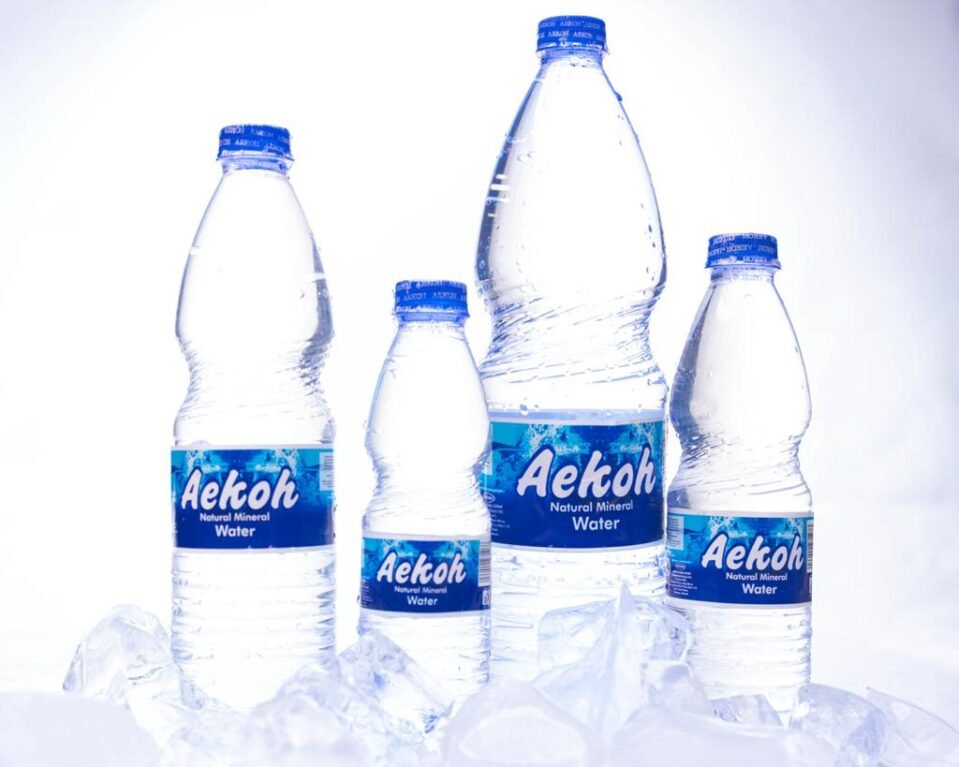choose a bottle suited for temperature changes, leave space for expansion, use a wide-mouth bottle, maintain hygiene when handling ice, and avoid repeated freezing to prevent bacterial growth and maintain bottle integrity.
1. Source and Quality of Ice
- Clean Water: Ice cubes should be made from clean, potable water to prevent contamination. Using ice made from unsafe or unfiltered water can introduce bacteria, viruses, or harmful chemicals.
- Hygienic Handling: Ensure the ice is handled with clean utensils or washed hands to avoid introducing germs into the water.
2. Type of Water Bottle
- Material Matters: Different water bottles react differently to ice.
- Plastic Bottles: Ensure the plastic is BPA-free and food-grade to prevent chemical leaching. Thin single-use plastic bottles may not withstand the pressure of expanding ice or the repeated temperature changes.
- Metal Bottles: Stainless steel or insulated bottles are durable and can handle ice well, keeping your water cold for longer periods.
- Glass Bottles: Be cautious with glass bottles, as sudden temperature changes (e.g., adding ice to warm water) can cause the glass to crack or shatter.
- Wide Mouth vs. Narrow Mouth: Wide-mouth bottles are better suited for adding ice cubes as they provide more space and reduce the risk of spilling.
3. Temperature Considerations
- Avoid Overfilling: Leave some space in the bottle to accommodate ice and melted water expansion. Overfilling can cause the bottle to crack, burst, or leak.
- Sudden Temperature Changes: Adding ice cubes to very warm or hot bottles may cause some materials, like glass or thin plastics, to break.
4. Hygiene and Maintenance
- Clean the Bottle Regularly: Residual water and melted ice can promote bacterial growth, especially if the bottle is not emptied or cleaned thoroughly after use.
- Check for Unusual Odors or Tastes: If the ice or water develops an off taste or smell, discard it and clean the bottle before refilling.
5. Practical Tips
- Use Smaller Ice Cubes: Smaller cubes or crushed ice are easier to insert into narrow-mouthed bottles and melt faster, cooling the water more evenly.
- Invest in Bottles with Built-in Strainers: Some bottles come with strainers to keep ice cubes away from the spout, preventing accidental choking or spills while drinking.
6. Health Concerns
- Freezing Does Not Kill All Germs: If the ice is made from contaminated water, freezing will not eliminate all bacteria or pathogens. Always ensure the ice is safe to use.
- Avoid Repeated Freezing: If the same water or ice is repeatedly frozen and thawed, it can lead to bacterial growth over time.
By following these guidelines, you can safely use ice cubes in your water bottle to enjoy a refreshing drink.


Leave A Comment